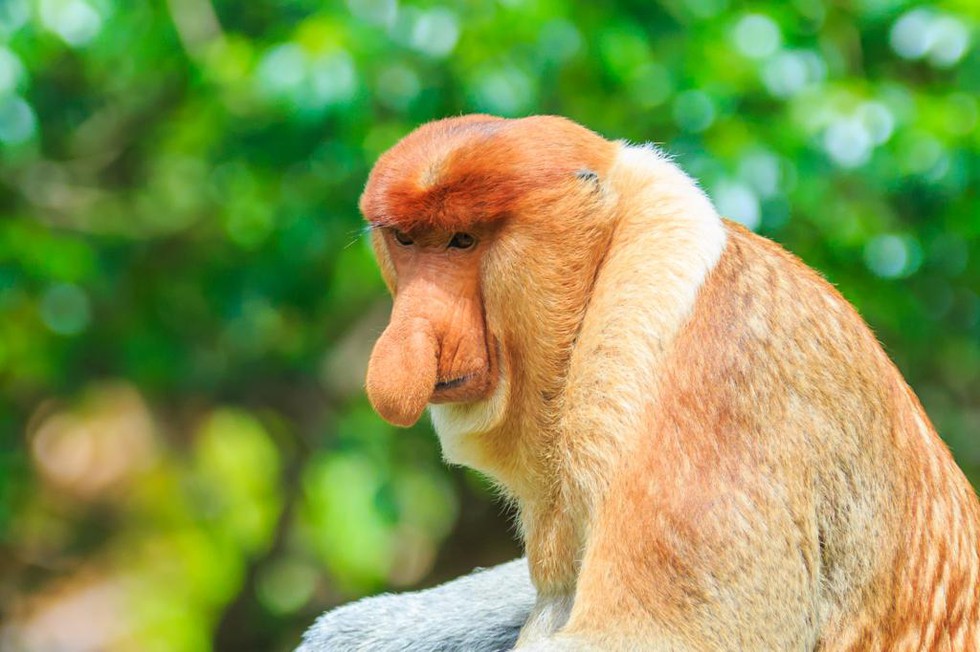Proboscis monkeys are known for their distinctively large noses, which have raised questions about their evolutionary purpose. This study delves into the anatomy of these noses and their significance in proboscis monkey social behavior.
Background
Proboscis monkeys inhabit Borneo, exhibiting unique physical features such as webbed fingers and toes. They live in harem groups led by dominant males with large noses, while younger males form bachelor groups until they mature.
Study Objective
This research aims to explore the nasal structures of proboscis monkeys to understand their evolutionary significance. By analyzing skull anatomy, the study investigates whether these structures primarily serve as visual or acoustic signals.
Methodology
- Sample Selection: Skulls of 33 adult proboscis monkeys were compared with those of other monkey species.
- Measurement Techniques: 3D surface models were used to measure nasal cavity size and shape, along with tooth wear as an indicator of age.
- Comparison Groups: Data from king colobus monkeys, blue monkeys, and crab-eating macaques were utilized for comparative analysis.
Results
- Sexual Dimorphism: Male proboscis monkeys exhibited distinct nasal cavity and aperture shapes compared to females.
- Acoustic Functionality: Male nasal cavities were low and long, allowing for resonance and deeper calls. The aperture shape facilitated higher intensity sounds.
- Age Variation: Older males had larger nasal apertures, suggesting a visual signaling function linked to age and dominance.
Conclusion
The study supports the hypothesis that proboscis monkey nasal structures evolved for both acoustic and visual signaling. Understanding these features enhances our ability to interpret primate social behavior and may inform studies on extinct primate species.
Multiple Choice Questions (MCQs) with Answers:
- What distinguishes proboscis monkeys from other monkey species?
- a) Their large, bulbous noses
- b) Their ability to swim
- c) Their diet of mostly leaves
- d) Their preference for coastal habitats
- Answer: a) Their large, bulbous noses
- What is the primary purpose of the study discussed?
- a) To analyze proboscis monkey diet
- b) To investigate primate swimming abilities
- c) To understand the evolutionary significance of proboscis monkey nasal structures
- d) To explore proboscis monkey habitat preferences
- Answer: c) To understand the evolutionary significance of proboscis monkey nasal structures
- How did researchers analyze proboscis monkey nasal structures?
- a) By observing their behavior in the wild
- b) By dissecting live specimens
- c) By examining skulls using 3D surface models
- d) By conducting genetic analysis
- Answer: c) By examining skulls using 3D surface models
- What does the study reveal about male proboscis monkey nasal cavities?
- a) They are similar in shape to those of females
- b) They are shorter and broader, facilitating deeper calls
- c) They exhibit no age-related changes
- d) They resemble those of other old world monkey species
- Answer: b) They are shorter and broader, facilitating deeper calls
- What conclusion can be drawn regarding the evolution of proboscis monkey nasal structures?
- a) They solely serve as visual signals of dominance
- b) They have no functional significance in social behavior
- c) They evolved for both acoustic and visual signaling
- d) They are unique among primate species
- Answer: c) They evolved for both acoustic and visual signaling
